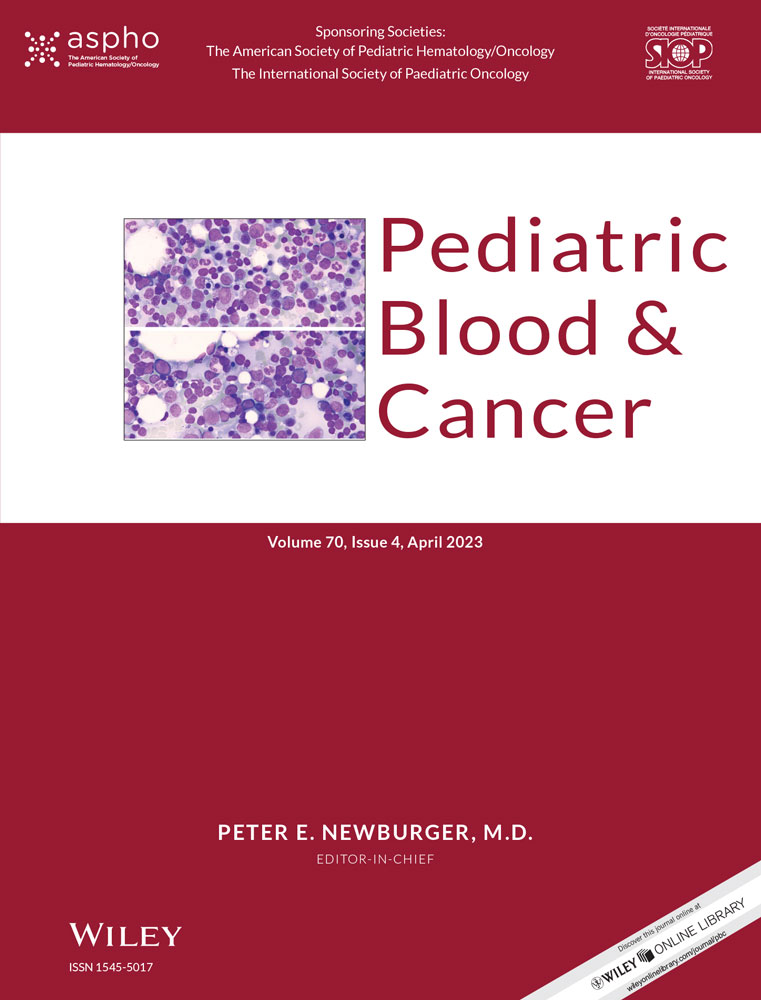The relationship between pain and sleep in pediatric sickle cell disease
Jeffrey Lebensburger and S. Justin Thomas are the co-senior authors.
Abstract
Background
Pain and sleep disturbances are prevalent complications experienced by pediatric patients with sickle cell disease (SCD). This study aims to identify associations between pain and sleep, and to characterize sleep chronotype and social jetlag in children and adolescent patients with SCD.
Methods
We performed a cross-sectional survey of 105 pediatric patients with SCD aged 8–17 years using PROMIS (Patient Reported Outcomes Measurement System) pain interference, sleep disturbance, and sleep-related impairment item banks. The μMCTQ (Ultra-short Munich Chronotype Questionnaire) assessed chronotype and social jetlag. Analyses were performed to assess associations between PROMIS measures, sleep patterns, and clinical variables.
Results
Female participants reported higher T-scores for sleep-related impairment than males (females: 56.7 ± 10 vs. males 50.2 ± 9.4, p = .0009). Patients with one or more emergency department (ED) visits for pain in the last 12 months reported greater sleep disturbance (55.0 ± 8.5 vs. 50.7 ± 10, p = .046) and sleep-related impairment (57.1 ± 9.3 vs. 52.1 ± 10.2, p = .03) than patients without any ED visits for pain in the last 12 months. Pain interference was significantly associated with both sleep disturbance (r = .49, p < .0001) and sleep-related impairment (r = .46, p < .0001). The average mid-sleep time was 4:14 ± 1:44 a.m. and the average social jetlag (hh:mm) was 2:32 ± 1:35.
Conclusion
Our study demonstrates that pain interference is associated with both sleep disturbance and sleep-related impairment. PROMIS measures can identify patients that suffer from pain and sleep disturbances and highlights the need to conduct longitudinal prospective studies to define the directionality of pain and sleep in SCD.
CONFLICT OF INTEREST
Jeffrey Lebensburger is a consultant for Novartis, Forma Therapeutics, Agios, and BPL.
Open Research
DATA AVAILABILITY STATEMENT
The data that support the findings of this study are available on request from the corresponding author. Disclosure of sensitive health and behavior data presents a potential risk to human subjects, and we will take all steps to ensure that this does not happen when data are shared. Furthermore, all identifying information related to the individual participants will be removed when data are shared, and our study ID number will be replaced by a new ID number selected at random. In addition, we recommend that all recipient groups ensure that every member of the staff sign a Confidentiality Agreement. We will develop a data and resource sharing agreement with the legal advice from the Compliance Office of the UAB.




